Floor trusses or I joists?
jpham76
15 years ago
Featured Answer
Sort by:Oldest
Comments (7)
mightyanvil
15 years agoRelated Professionals
Home Gardens Home Builders · Somersworth Home Builders · Bloomington General Contractors · Cedar Hill General Contractors · Del Aire General Contractors · El Monte General Contractors · Elgin General Contractors · Jefferson Valley-Yorktown General Contractors · Riverdale General Contractors · Roseburg General Contractors · Saint Andrews General Contractors · Syosset General Contractors · Walker General Contractors · Watertown General Contractors · Wyomissing General Contractorscarova_2008
15 years agosierraeast
15 years agomightyanvil
15 years agoRon Natalie
15 years agoboogamite
15 years ago
Related Stories
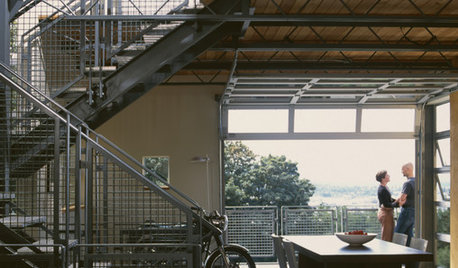
DESIGN DICTIONARYOpen Web Steel Joist
Give your roof or floor a support network, woven between the beams
Full Story0
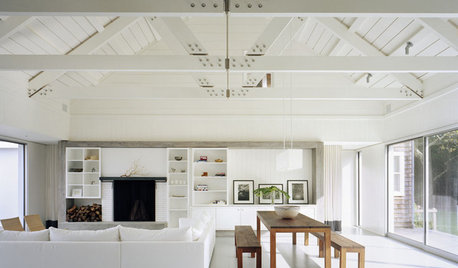
REMODELING GUIDESSupporting Act: Exposed Wood Trusses in Design
What's under a pitched roof? Beautiful beams, triangular shapes and rhythm of form
Full Story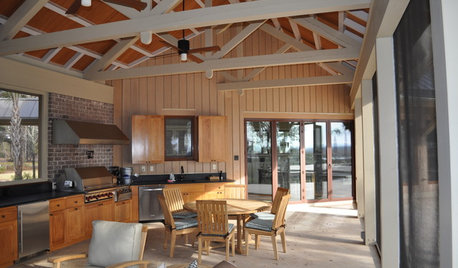
ARCHITECTURELearn the Language of Trusses in Design
If figuring out all those intersecting beam configurations under roofs makes your eyes cross, here's help
Full Story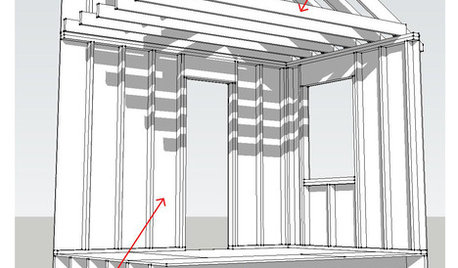
KNOW YOUR HOUSEKnow Your House: Components of a Roof
Don't get held up by confusion over trusses, rafters and purlins. Learn about a roof's features and their purposes here
Full Story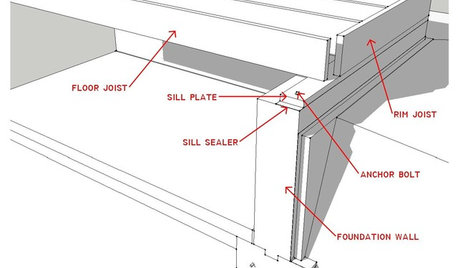
KNOW YOUR HOUSEKnow Your House: What Makes Up a Floor Structure
Avoid cracks, squeaks and defects in your home's flooring by understanding the components — diagrams included
Full Story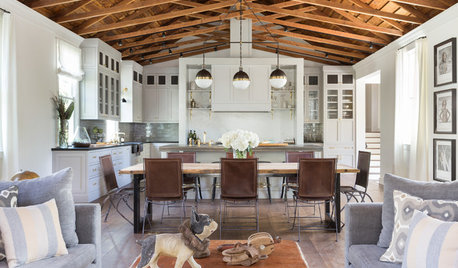
REMODELING GUIDESRoom of the Day: A Great Room in a Former Church
Handmade details, beautiful trusses and a bell make the most of this converted church’s good bones
Full Story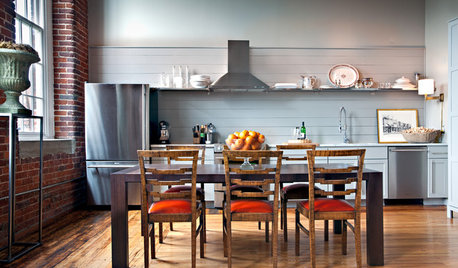
KITCHEN DESIGNSingle-Wall Galley Kitchens Catch the 'I'
I-shape kitchen layouts take a streamlined, flexible approach and can be easy on the wallet too
Full Story
REMODELING GUIDESDesign Dilemma: How Do I Modernize My Cedar Walls?
8 Ways to Give Wood Walls a More Contemporary Look
Full Story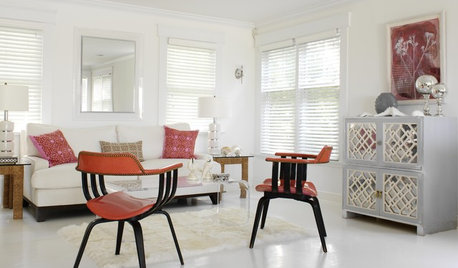
REMODELING GUIDESAre You Gutsy Enough to Paint Your Floor White?
Sleek and glossy or softened by wear, white floors charm
Full StoryMore Discussions






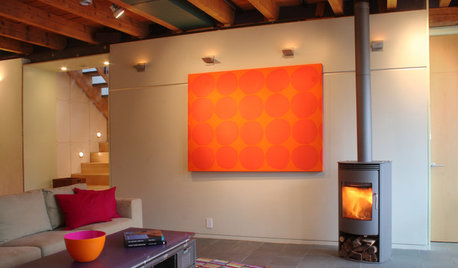



fayemarie